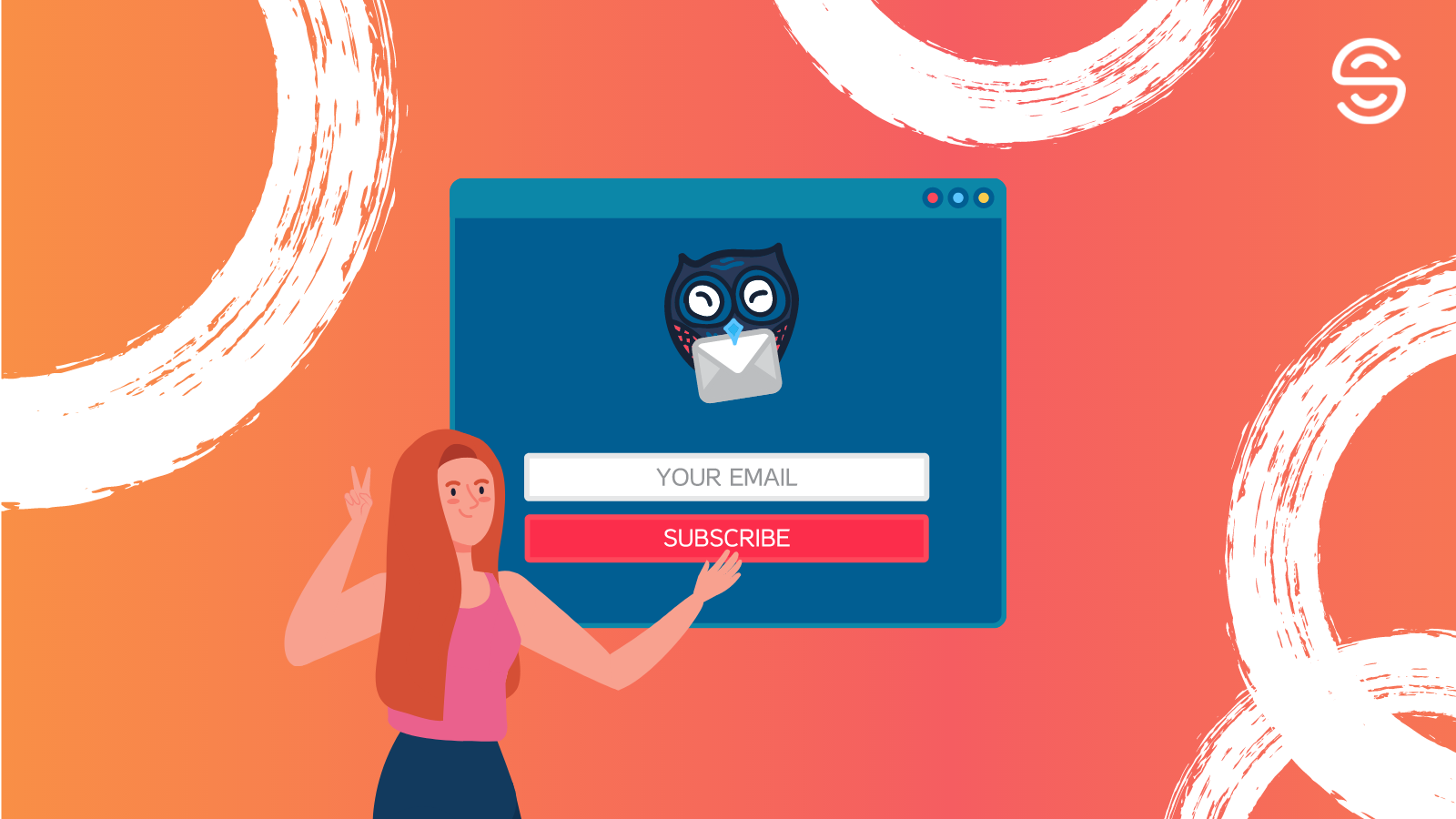Top 10 Ways to Boost Inbound Marketing Lead Generation
November 4, 2023 10 min. read

Boost your revenue today
Сhat with our expert on how to turn existing CRM contacts into revenue
Digitalization has changed buyer behavior, sales, and marketing techniques tremendously. Producing more contacts was once exclusively the role of sales, but this is no longer the case. Today, marketing and sales work towards the same goal as a team.
Marketers attract customers by educating them about the company’s offerings and nurturing them with information until they are ready to buy. As a result, customers make a decision to buy long before they decide to speak to a sales representative. Sales needs to adapt to these changes and be ready to meet a customer, offer them a personalized solution, and walk them through the rest of the buying process.
Outbound vs. Inbound
You’ve probably heard the terms “outbound marketing” and “inbound marketing.” But what do they really mean?
Outbound marketing is when you initiate contacts amongst your desired audience using display advertising, mass emails and cold calls, for example. These techniques may seem to have an immediate effect but can be insanely expensive, time-consuming, and, in the long run, ineffective.
With inbound marketing customers find you through channels like blogs, guest posts, or social media. Inbound marketing makes your company visible online. It targets and engages an audience that is already interested in your product by creating quality content. In this scenario you are an expert — customers trust you, value you and want to buy from you. And when they do, you continue to delight them with content, increasing the chances that they will stay with you.
So if you are still questioning whether or not to use inbound marketing strategies, the answer is “YES”. Let us walk you through the top techniques that you can use to empower lead generation in your company. The combination of all or some of these might be the best solution.
1. Start a Blog
Blogging is a great way to show your expertise. When customers come to your website, you should provide them with information that helps their business, rather than just placing your offer outright. You should encourage them to stay with you by offering free but valuable content. And when they are ready to buy, your product will be the first thing that comes to mind.
But be aware that there are many other companies on the market pouring out content online which is, let’s be honest, impossible for customers to digest. So your content should be top quality. By saying top we mean that you really should stand out from the crowd. Before starting a blog, think of the challenges your customers face and how the solutions your business offers might resonate with them.
2. Start Guest Posting
How can you make your content available to a broader audience? Place it outside your blog! Whilst blog posts are only visible to your website visitors, guest posts allow you to reach those who don’t know about your company yet. Here are a few rules that will help you to get it right.
First, find platforms that are relevant to your business and already have highly engaged readers.
Second, you don’t need to actively promote your product in guest posts. Focus on messages that are close to your brand and that can help you build trust around it. Make sure to add links to your website for the readers to follow. Think of an outcome you want from this guest post and link it to the page on your website that gives you that outcome.
Third, write consistently. We know it’s easier said than done, but only by providing readers with valuable content regularly and on various platforms will guest blogging work well for you.
3. Be on Social Media
Social media is sometimes underestimated as a marketing tool, especially when it comes to B2B companies.
Decide where your potential leads are and use these platforms to your best advantage:
• Warm-up your target audience by involving them in conversations.
• Ask questions and gather opinions.
• Wrap-up with call-to-action posts linked to your landing pages.
4. Create Email Campaigns
Email marketing is a perfect way to deliver personalized offerings to your clients. With the insights from your email campaigns, you will be able to tailor your offerings and build more effective communication.
Keep in mind that we all hit the spam button. Schedule your email campaigns wisely and make sure they add value.
5. Host Webinars
Webinars can be used both as content for middle-of-funnel customers or as a final push to sell.
Being the most personalized type of interaction, webinars get you closer to your potential clients so they feel more comfortable sharing their personal information. With this information in hand, you can follow them up in a more personal way. You also have an opportunity to get valuable insights directly from your customers. This can help you to state your offer more accurately.
For a potential customer, a webinar is a great way to understand who they will be cooperating with when they buy from you.
So if you have advanced content to offer, maybe it’s the right time to start addressing your potential customers in real-time?
6. Start a Podcast
Podcasts have already become an essential part of our lives. We listen to them on our way from work, while doing chores or taking the dogs for a walk. And in contrast with webinars, they don’t require scheduling at a fixed time, giving potential customers more freedom and making them more likely to get involved. For you, it means that one podcast can be worth many webinars and can work for you over the long-term.
So if you are a real expert and public speaking is your superpower then why not start to address your audience in this friendly, casual way?
7. Optimize Your Website
The truth is — you won’t get customers if they can’t find you. That’s why your business should be visible online. And here Search Engine Optimization (SEO) comes to help. SEO is about optimizing your website structure and content so that search engines can show it to users who are searching for information related to your business.
Here are a few questions that will help you to understand the power of this technique. Do you know that blog posts improve your website search results? Do you know that a question in your URL results in better indexation?
If none of this rings abell, you should strongly consider integrating SEO in your lead generation strategy.
8. Use Pay-Per-Click Advertising
If you want to include paid advertising tools into your inbound marketing strategy, try Pay-Per-Click (PPC). PPC is when you place ads online and pay a fee each time a visitor clicks on them.
PPC is one of the most common and effective paid advertising techniques that allows your business to target users who are actively searching for solutions that your business provides.
The market offers dozens of solutions that can help you find highly relevant audiences.
9. Launch a Retargeting Campaign
Let’s imagine a situation. A potential customer found you online, came to your website, looked through the content and left. Does that mean that your content is not valuable? Does it mean that they didn’t find what they were looking for? Were they distracted by something and simply forgot to complete the purchase? Whatever the answer is, you don’t want to lose them.
A retargeting campaign is a low-budget, low-effort solution to win customers back. You follow your potential customer by reminding them of your product with relevant ads while they are visiting other websites.
10. Place Call-to-Action Buttons on Your Website
None of the techniques listed above will be effective if your customer doesn’t take action at the end. CTA is like a door that helps your customer find their way to the next step of the process.
Whether it is downloading some valuable content, subscribing to your email list, or registering for a webinar, make sure that your customers understand the value of taking this action.
Conclusion
When considering any of the techniques mentioned above, you need to keep in mind that the key thing about inbound marketing is helping customers rather than just selling.
And remember that when it comes to marketing, testing, analyzing, and adjusting the techniques you employ is essential to ensure that you are delivering the right message to the right customers.
Not sure where to start? Try Signum.AI!
More useful content on our social media:
